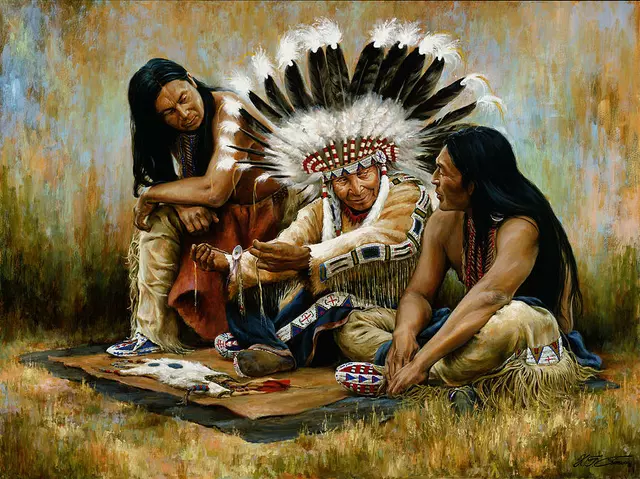Mulligatawny Soup: Quick, Tasty, and Good for You
If you’ve never tried mulligatawny soup, you’re missing a flavor-packed bowl that’s both comforting and simple to make. This Indian‑inspired soup blends curry spices, lentils, and veggies into a hearty stew that’s perfect for lunch or dinner. Best part? You can pull it together in under 30 minutes with pantry staples.
What Makes Mulligatawny Special?
The name comes from the Tamil words milagu (pepper) and tanniy (water). Historically, British officers in colonial India asked locals for a thin, peppery broth that reminded them of home. Over time, the recipe grew richer with coconut milk, rice, and sometimes chicken or shrimp. Today, you’ll find many versions—some vegetarian, some with meat—but they all share the warm, spicy base that makes the soup stand out.
Basic Mulligatawny Recipe (Serves 4)
Ingredients:
- 1 tbsp vegetable oil
- 1 medium onion, diced
- 2 cloves garlic, minced
- 1 tsp grated ginger
- 1 tbsp curry powder (mild or hot, your call)
- ½ tsp ground cumin
- ¼ tsp ground turmeric
- 1 cup red lentils, rinsed
- 4 cups vegetable or chicken broth
- 1 cup coconut milk
- 1 carrot, sliced thin
- 1 apple, peeled and diced (optional, adds sweet balance)
- Salt and pepper to taste
- Fresh cilantro or parsley for garnish
Steps:
- Heat oil in a large pot over medium heat. Add onion and sauté until translucent, about 4 minutes.
- Stir in garlic, ginger, curry powder, cumin, and turmeric. Cook for another minute—this releases the aromas.
- Add lentils, broth, carrot, and apple. Bring to a boil, then reduce to a simmer.
- Cover and cook 15‑20 minutes, or until lentils are soft.
- Stir in coconut milk, heat through, and season with salt and pepper.
- Serve hot, topped with cilantro or parsley. Add a squeeze of lime if you like extra zing.
This version is vegetarian, but you can swap the broth for chicken stock or toss in shredded chicken in step 5 for extra protein.
Tips for a Better Soup:
- Don’t over‑cook the lentils—once they’re tender, they blend nicely and give the broth a creamy texture without puree.
- If you prefer a thinner soup, add a splash of water or more broth before serving.
- Adjust spice level by adding a pinch of cayenne or more curry powder.
Beyond taste, mulligatawny soup packs a nutritional punch. Lentils provide plant‑based protein and fiber, while coconut milk adds healthy fats. The spices—especially turmeric and cumin—are known for anti‑inflammatory properties, making the bowl both satisfying and good for your body.
Because the recipe is so flexible, you can experiment with different veggies like sweet potatoes, spinach, or even cauliflower. Want a gluten‑free version? Skip the rice (some traditional recipes add rice) and stick with the lentils—they’ll keep the soup thick enough.
Whether you’re feeding a family, meal‑prepping for the week, or just craving something warm on a rainy day, mulligatawny soup is a reliable go‑to. It’s quick, adaptable, and brings a taste of Indian comfort food to your kitchen. Grab the ingredients, follow the steps, and enjoy a bowl that’s flavorful, hearty, and surprisingly healthy.
How did the British influence Indian cuisines?
The British influence on Indian cuisine is undeniable. During the British Raj period in India, the British introduced new ingredients and cooking styles to Indian cuisine. This included ingredients like potatoes, tomatoes, and chili peppers as well as curry powder and other seasonings. British chefs also introduced dishes like kedgeree and mulligatawny soup. Indian cooks adapted these dishes and ingredients, creating their own versions of British classics. As a result, Indian cuisine today is a mix of British and Indian flavors and cooking techniques.
Latest Posts


Is “The Times of India” a pro-Congress or a pro-BJP newspaper?
By Arvind Chatterjee Jul 29, 2023

India Voice?
By Arvind Chatterjee Feb 8, 2023

What kind of Indians tend to hate the United States, and why?
By Arvind Chatterjee Mar 29, 2023

